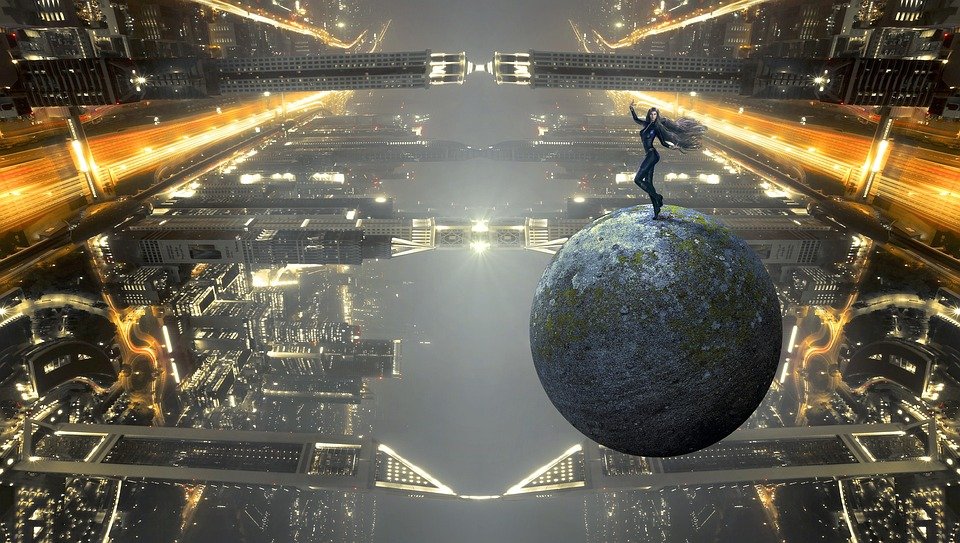The emergence of blockchain technology has brought about a revolutionary change in the way we transact and interact with digital assets. Cryptocurrencies, non-fungible tokens (NFTs) and decentralized apps (dApps) are just a few of the many decentralized applications of blockchain technology that are changing the face of the digital world. One of the most exciting developments in this area is the rise of Virtual reality (VR) in the blockchain age.
Virtual reality has been around for decades, but it is only in recent years that it has become more accessible and affordable. With the rise of blockchain technology, VR is now being combined with cryptocurrency and blockchain technology to create a new type of virtual world. The result is a decentralized virtual world that is owned and controlled by its users.
One of the most popular examples of this is Decentraland. Decentraland is a decentralized virtual world that is built on the Ethereum blockchain. In Decentraland, users can buy, sell, and trade virtual real estate using cryptocurrency. The virtual real estate is divided into parcels of land, each of which is represented by a non-fungible token (NFT). These NFTs can be bought and sold on various NFT marketplaces, just like any other digital asset.
In Decentraland, users can build whatever they want on their virtual real estate. This has led to the creation of a variety of virtual environments, including art galleries, casinos, and even entire cities. Users can also interact with each other in Decentraland, making it a social platform as well as a virtual world.
Decentraland is just one example of the potential that VR has in the blockchain age. The use of blockchain technology in VR allows for greater ownership and control over virtual assets, as well as more secure transactions. It also enables the creation of new business models, such as virtual real estate development and virtual item trading.
Another example of the potential of VR in the blockchain age is the use of NFTs in virtual reality. NFTs are unique digital assets that are stored on a blockchain. They can be used to represent anything from digital art to virtual real estate. In VR, NFTs can be used to represent virtual items, such as weapons or clothing, and can be bought and sold just like in Decentraland.
The combination of VR and blockchain technology has the potential to revolutionize many industries, from gaming to real estate. It allows for greater ownership and control over virtual assets, and opens up new business opportunities. As VR technology continues to advance, we can expect to see more and more innovative uses of blockchain technology in this space.

